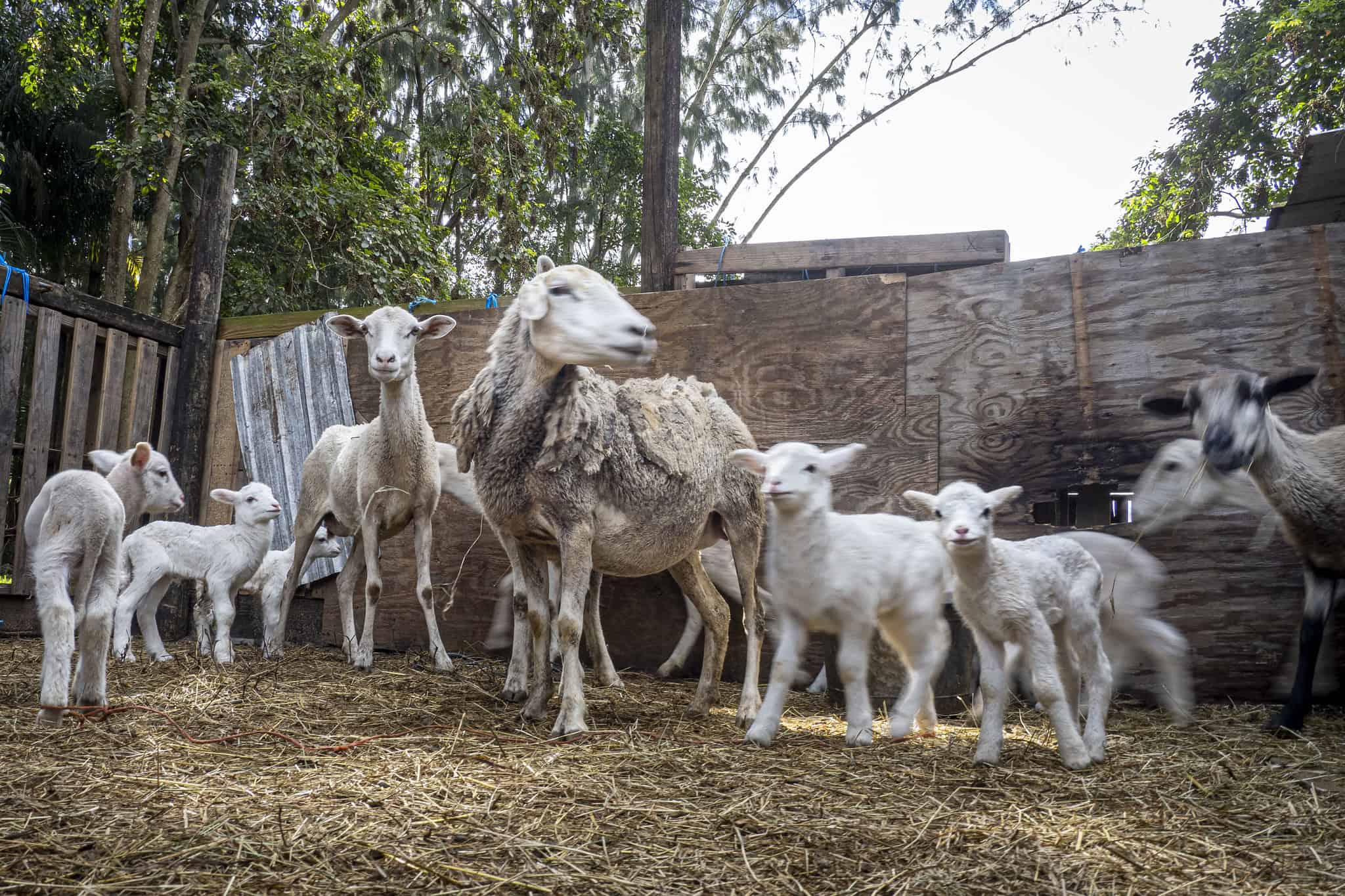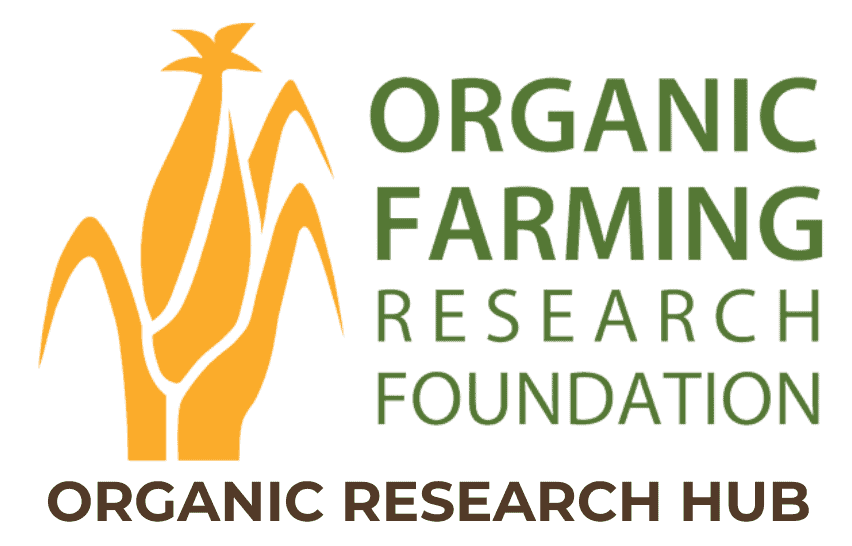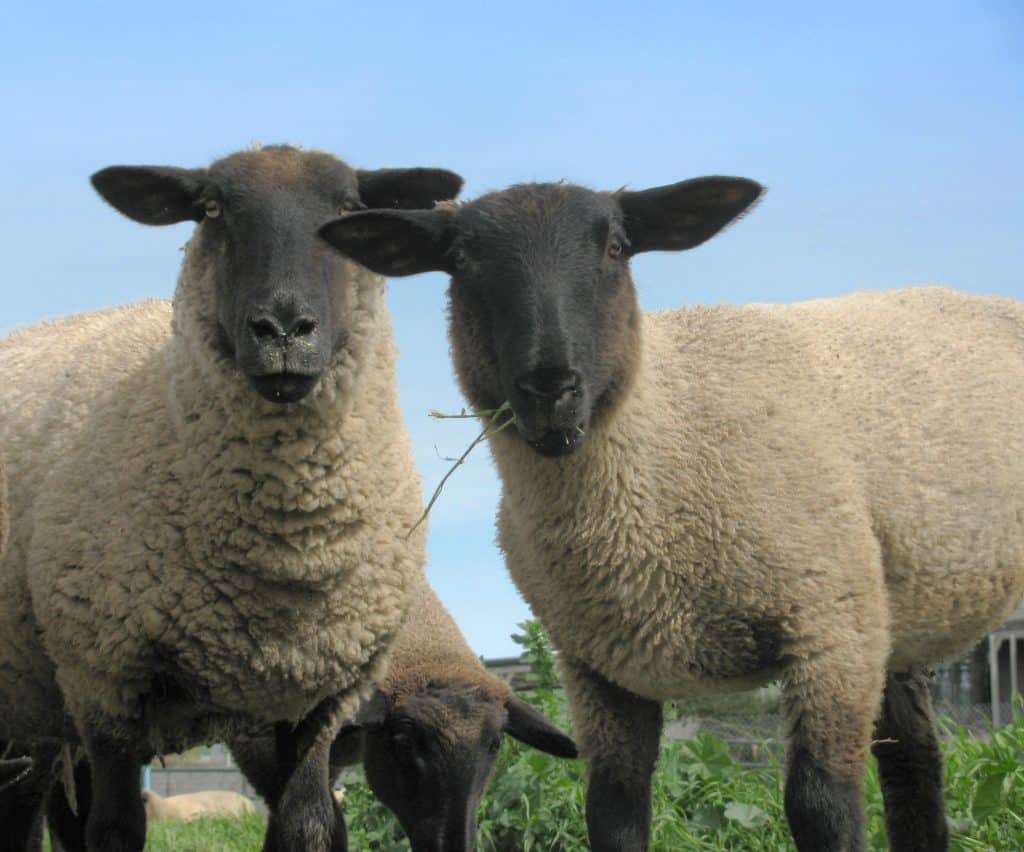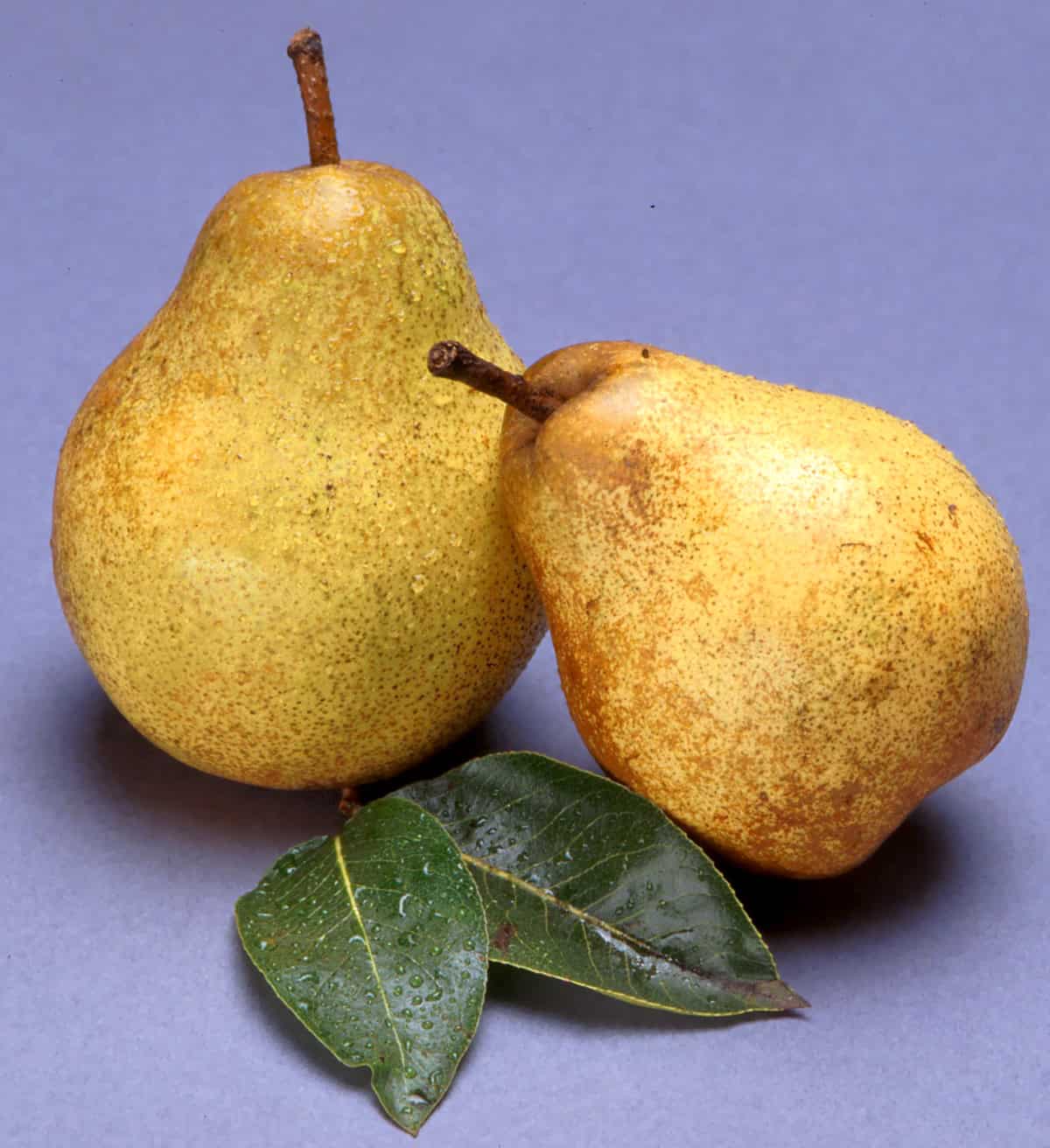Understanding Parasite Resistance in Organic Sheep Production Systems
Project Director: Joan Burke, USDA ARS
Project overview
Efforts to control gastrointestinal nematodes (GIN) in sheep using NOP-compliant materials and practices have had limited success. However, if genetic resistance to GIN can be identified and selected in animal breeding and breed evaluation, this could become a valuable additional tool for organic parasite management in small ruminants.
This study assessed the genetic mechanisms involved in both GIN resistance (the ability to completely resist infection) and GIN resilience (the ability to tolerate an infection without detriment to production) across several breeds of sheep in organic production systems.

Farmer takeaways
- Different breeds of sheep exhibit different levels of immune modulators associated with GIN resistance or resilience; as such, the use of resistant breeds (i.e., Texel) in organic production systems can greatly reduce the need for deworming and support healthy lamb development.
Project objectives and approach
Understand the host mechanisms involved in GIN resistance/resilience by examining differences in immune response among susceptible, resilient, and resistant individuals and breed types.
- GIN resistant and GIN susceptible lambs from several breeds of sheep were exposed to an initial GIN infection, dewormed, and re-infected. The lambs were evaluated for seven weeks post-infection for infection measures, antibodies, and peripheral cell counts.
Identify genetic loci associated with GIN resistance/resilience.
- 5,000 DNA samples were extracted from GIN resistant, resilient, and susceptible lambs on 23 organic farms. These samples were analyzed for immune responses and used to identify genes that may regulate GIN resistance or susceptibility.
Work with farmers through extension and NSIP.
- A revised genetic evaluation system based on project findings was delivered to NSIP and Katahdin sheep breeders to enhance their capacity to meet the needs of organic producers.
Key findings
There is an association between high fecal egg count (FEC) estimated breeding values (EBV) and compromised immune function in lambs.
- Lambs with a higher FEC EBV were less likely to survive to weaning and more likely to be killed by either parasites or disease.
Different immune cells perform different functions in GIN resistance/resilience and may be expressed variably between sheep breeds.
- Interleukin-13, an immune modulator, is involved in altering the mobility of the infective stage larvae of certain GINs.
- Monocytes, another type of immune cell, are involved in inflammatory responses and may reduce the energy output of GIN larvae.
GIN resistance has a genetic component, and may be linked to the EDIL3 gene.
- The EDIL3 gene was identified as a possible GIN resistance gene in sheep. EDIL3 plays a role in controlling inflammation (an immune response), and additional studies are needed to understand its full association with GIN resistance/susceptibility.
Location
MississippiCollaborators
Region
Southern
Topic
Insect/Pest Management, Livestock Well-Being
Category
Livestock
Year Published
2021



